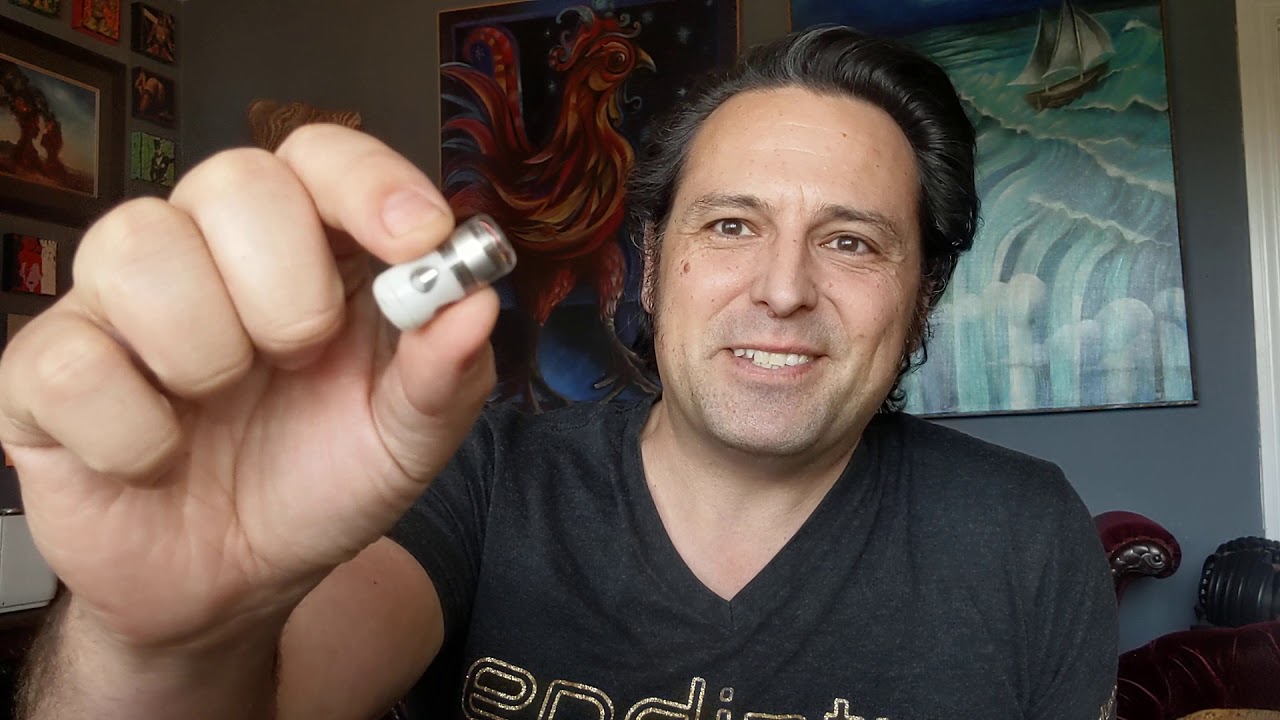One common medicinal practice that can cost patients up to nearly $5,000 is getting a modern solution that would cost a tenth of that price.
Endoscopies, which insert a camera directly into an organ for examination, may have just gotten a lot cheaper and with the added flexibility of doing them from home due to a new product from the California-based medical devices company Endiatx. With the company’s innovative product called PillBot, patients can ingest a pill-sized robotic capsule that will be able to perform an endoscopy without those patients having to go to a doctor’s office.
“With Endiatx, our goal is to disrupt the common but very uncomfortable endoscopy procedure – replacing it with a non-invasive process that does not require anesthesia,” CEO Torrey Smith told the health care publication MedTech Outlook. “You could even swallow PillBot in your living room and have your doctor control it over a video call.”
PillBot is a small robotic device the size of a multivitamin that can be sent to a patient’s home and a medical professional can remotely pilot it to efficiently scan the body. The convenience of having a doctor use the device from another location has never been more important. Visits to the doctor’s office had been gradually decreasing year-by-year even before the coronavirus pandemic, as more people have preferred to get medical advice without entering a physician’s office.
The state-of-the-art technology allows for the least amount of patient discomfort possible while being so easy for doctors and hospital staff to use from anywhere that Smith equated the technology to playing a video game or flying a drone.
“It is almost like playing a video game but inside the human body,” – Torrey Smith told MedTech Outlook.
“The tiny robot is like a drone quadcopter,” Smith told MedTech Outlook. “It has four little electric motors, four little propellers, and swims inside the stomach of the patient just like a drone flying in the air. Doctors can control its movement via a live video feed. It is almost like playing a video game but inside the human body.”
In addition, Endiatx says the PillBot presents no risk of infection or internal bleeding. And on top of not having to physically enter a doctor’s office, another benefit comes from the fact that patients don’t have to be sedated or put on anesthesia.
The capsule endoscopy industry is expected to keep growing in the coming years, according to a recent study, that predicted its convenience and non-invasive features will make it a more popular option among patients. Currently, North America and Europe are dominating the industry with an 83 percent overall share of profits.

Endiatx presenting at Founder Institute
For its part, Endiatx was founded in 2019 and already has several patents as it wraps up clinical trials for the PillBot.
Traditional pill cameras have actually been around for two decades now. However, they are more passive devices that go through the body, taking images without giving professionals any option to control them. Endiatx’s PillBot, however, uses a propulsion mechanism that allows for doctors to control and navigate it through the patient’s body.
“Our aim with Endiatx was to create tiny robots that will make routine screening of deadly diseases easy, fast and cheap while moving through the body performing standardized procedures such as colonoscopy,” Smith said.
This new twist on capsule endoscopy helps doctors quickly diagnose any illnesses present in the gastrointestinal tract in a procedure that can take as little as 15 minutes.
Smith and Endiatx say that the pill cameras are just scratching the surface of innovative tech solutions that can operate remotely within the body. Future solutions could include microsurgery done from your home while surgeons control the devices from their office. Endiatx hopes to also be able to take tissue samples and allow for scopes that would detect early-stage pancreatic cancer.
These types of medical tech breakthroughs can save money and resources for both hospitals and patients alike, Smith said.
“It is the first time a micro-robot has been operated inside the human body—completely autonomously; no wires, no cords, no connections,” Smith added. “It is an easier, faster, and better alternative.”
Disclosure: This article mentions a client of an Espacio portfolio company.












